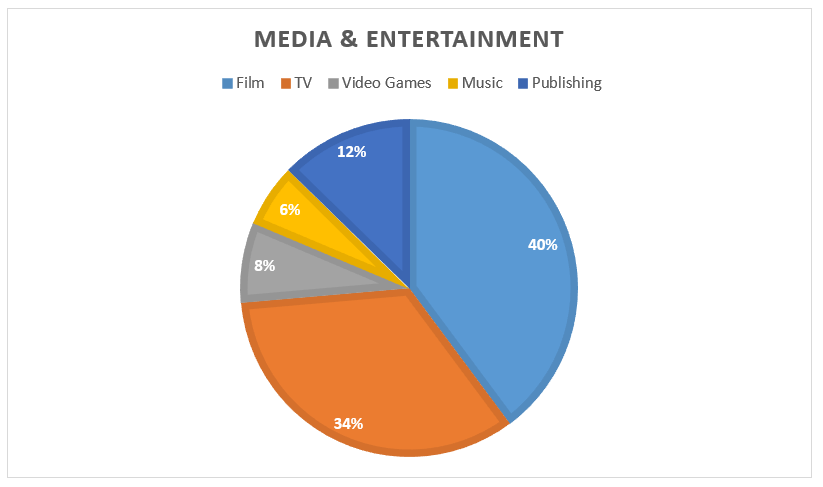AppliMarkets: Your Go-To Resource for App Insights
Explore the latest trends, reviews, and tips in mobile applications.
Streaming Wars: The Battle for Attention
Dive into the Streaming Wars as platforms clash for your attention! Discover who's winning and what it means for your binge-watching habits.
The Rise of Streaming Services: Who Will Reign Supreme?
The rise of streaming services has transformed the entertainment landscape, reshaping how audiences consume content and redefining the very concept of viewing habits. As traditional cable subscriptions decline, platforms like Netflix, Disney+, Amazon Prime Video, and Hulu are ramping up their offerings to capture more viewers. Each service is vying for supremacy by investing heavily in original content, exclusive deals, and user-friendly interfaces. With global audiences eager for diverse programming, the competition to produce blockbuster series and films has never been fiercer.
In this ever-evolving digital arena, several factors will determine which streaming service will ultimately reign supreme. Among these considerations are content variety, user experience, and pricing strategies. Additionally, the emergence of ad-supported models and bundle offerings may create new dynamics in subscriber acquisition and retention. As consumers become more discerning, the ability of streaming platforms to adapt and innovate will ultimately dictate their success in this crowded market. The future may not belong to just one giant but could favor multiple players carving out unique niches for their audiences.

Comparing Subscription Models: Which Streaming Platform Offers the Best Value?
When it comes to comparing subscription models among different streaming platforms, it's essential to consider various factors that contribute to their overall value. Some of the most popular platforms, like Netflix, Amazon Prime Video, and Disney+, offer unique advantages, but the best choice often depends on individual viewing preferences. Netflix continues to dominate with its vast library and original content, while Amazon Prime Video stands out with additional benefits like free shipping and exclusive deals for members. Meanwhile, Disney+ has carved out a niche with its extensive catalog of family-friendly films and series, including classics from Pixar, Marvel, and Star Wars.
To evaluate which subscription model might be the best fit for you, consider primarily content availability, pricing options, and user experience. For instance, Netflix offers multiple pricing tiers, enabling users to choose based on the quality of the stream and the number of screens used simultaneously. Amazon Prime Video provides a comprehensive package that includes OTT streaming along with other Prime benefits, all for a competitive annual rate. Meanwhile, Disney+ boasts a fixed monthly fee that remains budget-friendly, especially for families looking to access a broad range of beloved titles. Weighing these aspects will help you determine which platform delivers the greatest value tailored to your streaming habits.
How Emerging Technologies are Shaping the Future of Streaming Content
As we navigate through the digital age, emerging technologies are redefining the landscape of streaming content. Innovations such as artificial intelligence (AI) and machine learning are not only enhancing user experience but also personalizing content delivery. For instance, streaming platforms are increasingly using AI algorithms to analyze viewer preferences, enabling them to recommend tailored content to audiences. This personalized approach ensures that users are engaged and satisfied, making it critical for streaming services to adopt these technologies to stay competitive.
Additionally, the integration of 5G technology is poised to revolutionize streaming content by providing faster internet speeds and improved connectivity. This enhancement allows for high-definition streaming with minimal buffering, thereby elevating the viewer experience to new heights. Moreover, augmented reality (AR) and virtual reality (VR) are also becoming integral to the way content is consumed, offering immersive experiences that were previously unimaginable. As these emerging technologies continue to develop, they will undoubtedly play a crucial role in shaping the future of streaming content.